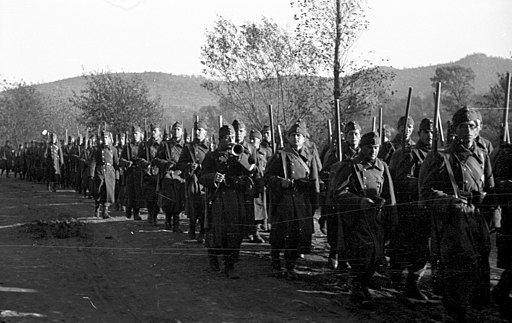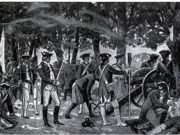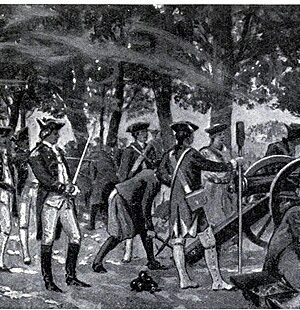Plassey was the site of the first battle of Plassey, which took place on June 23, 1757, on the banks of the Ganges River in the Nadia region of Bengal, some 35 kilometers south of Murshidabad. The British East India Company and the Bengali Nawab ‘Sirajuddaula’ fought this battle.
The British army was led by Robert Clive, while the Nawab of Bengal’s army was led by Mir Jafar. However, the general of Siraj-ud-Daulah, Mir Jafar, and the wealthy Seths of Bengal betrayed Siraj-ud-Daulah. Mir Jafar deceived the Nawab of Bengal, Siraj-ud-Daula, in this conflict, resulting in Siraj-ud-defeat, Daula’s and the British captured and executed Siraj-ud-Daulah.

STRENGTH
The East India Company was involved in this conflict with 950 European soldiers, 2100 Indian soldiers, and 100 artillery guns, whereas Nawab Siraj-ud-Daula of Bengal was involved with 50,000 soldiers, only 5000 of whom participated in this fight
REASON BEHIND BATTLE OF PLASSEY
On June 20, 1756, Siraj-ud-Daulah assaulted and took control of the British-controlled fort in Qasim Bazar, and he also took control of Fort William Fort near the Hooghly River in Calcutta, allowing the British to flee. During the capture of Fort William, Siraj-ud-Daulah was forced to take 146 British hostages, including women and children. Only 23 Englishmen survived the night in that gloomy room, and the occurrence was dubbed “the incident of the black closet” or “the incident of the dungeon” by historians. The British and Bengal Nawab, Siraj-ud-Daula, grew even more enmity as a result of this episode.
When the officers of the East India Company learned of the dungeon episode, they were furious, and Robert Clive and Admiral Watson led an army from Madras to Bengal. The East India Company regained control of Calcutta and forced Siraj-ud-Daula to sign the “Pact of Ali Nagar,” a treaty between the East India Company and Siraj-ud-Daula in Alinagar. The British were granted authority to establish forts in Bengal as a result of this treaty. Following this deal, the British became more aggressive, and the East India Company attacked and conquered Chandranagar, which was under French control. After witnessing similar efforts by the British, Siraj-ud-Daula began preparing to attack the British again. The British believed in a divide-and-rule strategy. As a result, the British enticed Mir Jafar, then commander of Nawab Siraj-ud-daula, to become the Nawab of Bengal, and Mir Jafar consented to betray Siraj-ud-daula after being enticed to become the Nawab of Bengal. In the end, the Britishers take control of Bengal and the nearby area.
Many historians believe that if the British had lost the Battles of Plassey and Buxar, India would never have fallen under British rule.





















